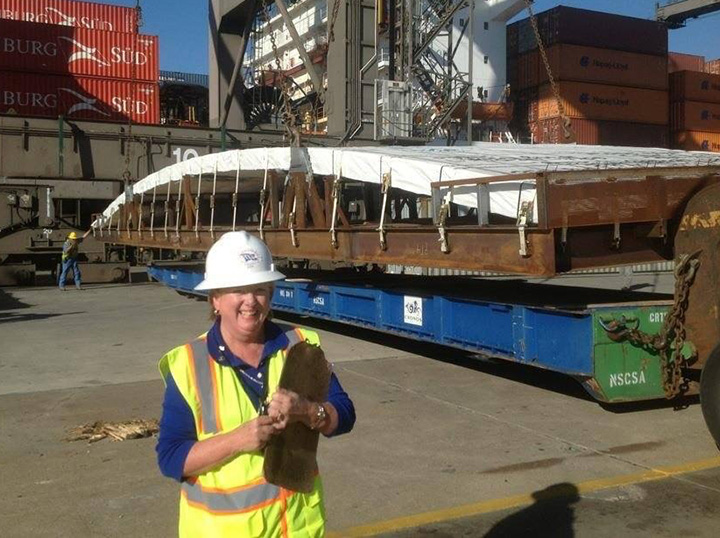 Note: This is the third piece in a series that explores the connection between a robust transportation system and a stronger middle class. The second piece shows the positive impact investments in high speed rail can have on the economy and working families.
Note: This is the third piece in a series that explores the connection between a robust transportation system and a stronger middle class. The second piece shows the positive impact investments in high speed rail can have on the economy and working families.
The modern, global economy lives by one rule: faster is better. As technology breakthroughs and innovations take hold, the world’s markets demand efficiency, fluidity and speed. Nations that fail to keep up watch as other countries reap the benefits.
You would think America — known for its forward-looking investments and innovations — would have no problem meeting these demands. But, sadly, we’re stuck in an era of underinvestment. Our task ahead — as I recently wrote — is to convince the people we elect that this era of dangerous austerity policies is nothing to brag about. It’s harming American competitiveness and elected officials need to be held accountable if they don’t listen.
Need proof? Just look at our degraded seaports. By acting as gateways to domestic and international markets, our ports play a critical role in our ability to quickly and efficiently transport raw materials, finished products and everything in between. While other nations see the value in port investments — many of our global competitors have ports that can accommodate the largest, most modern ships — U.S. politicians have allowed American seaports to fall behind. Narrow, shallow channels and outdated, inadequate facilities mean our ports struggle to keep up with demand. Many American ports cannot accommodate the world’s largest ships. In this brutally competitive global economy, starving our ports of resources and infrastructure is tantamount to surrender.
In order to meet projected 2025 freight volumes, the American Association of Port Authorities says nearly a third of U.S. ports need $100 million each in upgrades. This level of underinvestment doesn’t just affect seaside communities. America’s chronically underfunded ports negatively impact our entire economy and undermine our already shrinking middle class.
That’s because the inability of our ports to keep up with demand puts a significant strain on America’s entire supply chain. Seventy percent of this country’s imports and 75 percent of our exports go through our seaports, meaning inadequate infrastructure at a single port can create a ripple effect felt by millions. Take, for example, what happened last year at the Port of Virginia. A surge of containers from three large ships put the port over capacity, creating a traffic jam that was 13 lanes wide, 10 trucks deep and took eight hours to clear. Seven of our country’s 10 busiest ports experience these kinds of congestion problems regularly, and massive delays due to underinvestment cost our economy billions each year and undercut middle-class jobs.
Read more in the Huffington Post.